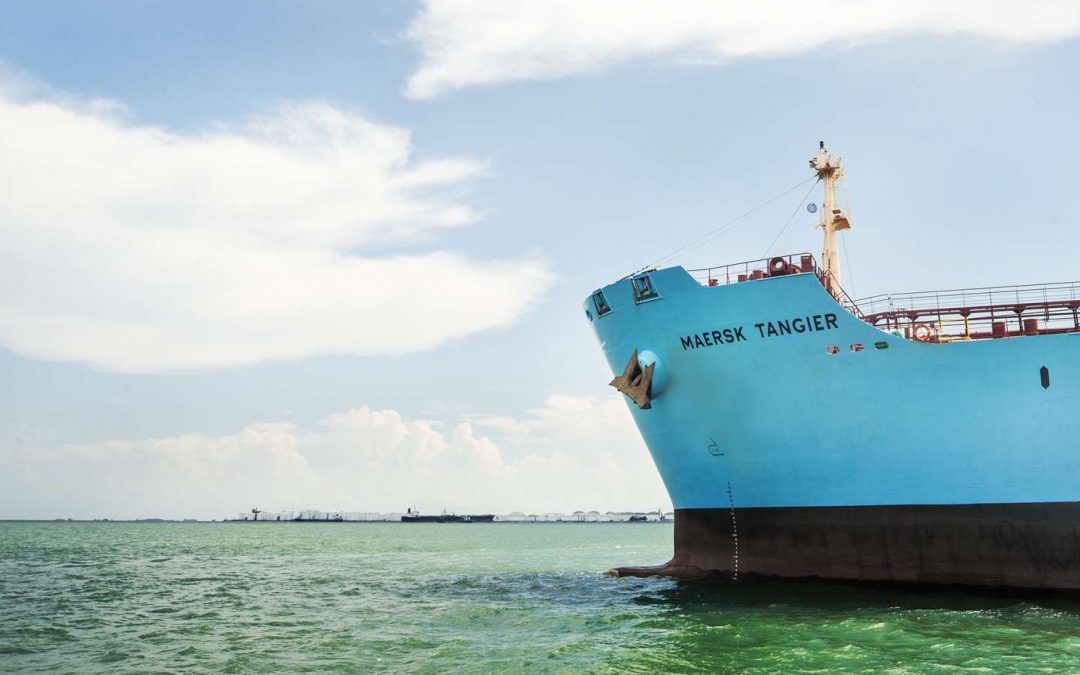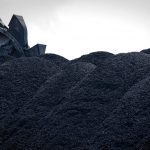Maersk Tankers, one of the world’s largest shipping pool operators by number of ships, will not raise its fees to cover any additional expenses that may come up to optimize its fleet for carbon efficiency, a senior company executive told S&P Global Commodity Insights.
“We will not increase pool fees, we see it as our task to solve for that [decarbonization]. Direct costs related to emissions will become part of the open spot freight market,” Eva Birgitte Bisgaard, chief commercial officer, Maersk Tankers said on the sidelines of the Marine Money conference in Singapore earlier in the week ended Sept. 30.
The maritime industry is bracing for the upcoming Energy Efficiency Existing Ship Index, or EEXI, and Carbon Intensity Indicator, or CII, which will be introduced by the International Maritime Organization in 2023. The EEXI is a measure related to a ship’s technical design and aims to reduce its greenhouse gas emissions.
Ships have to attain a one-time EEXI approval. CII measures carbon dioxide emitted per cargo-carrying capacity and nautical mile. The ship is then given an annual rating ranging from A to E, and the parameters will be tightened in a phased manner.
When owners put their ships in a pool, they are charged a service fee after deduction of which earnings are shared with them based on pool points, which in turn are linked to the earning capacity of each ship. Profit sharing formulae vary from pool to pool.
Since the owners are at present enjoying significantly higher earnings year on year, some among them have pulled their ships from pools to avoid the service fees and improve returns further, shipping analysts and brokers said. Freight earnings rose on altered trade flows due to the Russia-Ukraine war. When the year started, the war was not expected, Bisgaard said.
At present, Maersk Tankers has around 180 ships in half a dozen pools, involving 40 partners compared with an estimated 220 ships in seven pools from 49 partners at the beginning of the year. One pool closed as the owner sold its flexi ships.
Some owners have recently withdrawn ships from pools but these [pools] have the benefit of being professionally handled in such a manner that they catch the spikes in freight and offset the lows when the time comes, she said.
So when the highs and lows are averaged out, the pools can potentially provide better earnings, she added. Copenhagen-based Bisgaard said that pools can handle timing better in a volatile scenario, especially for owners who have only a handful of ships. It is easier for pools to catch the spikes as they see more cargoes and can plan triangulation of voyages, she said.
The current sanctions regime and decarbonization plans have added to the complexity of the shipping sector. Prospects are good for tanker pools that can help owners in handling these complexities better, she added.
By making the right choices for the duration of the voyage, a tanker’s pool can do a lot to reduce emissions, Bisgaard said. While CII is an individual measure of the performance of a ship, by adopting a ship specific plan, will drive down the emissions of the entire fleet, she added.
Tanker freight outlook
A lot is happening in the shipping infrastructure, emissions and new building technology, so shipowners are wary of ordering new ships at this stage when it is not clear what the fuels in use in 2025 will be, Bisgaard said. The supply of tankers is tight as not many new deliveries are expected until 2025, she said.
A shadow fleet is moving Russian cargoes and has reduced supply of those that are not doing so. Many trading companies prefer to use ships that do not have any voyage history to Russia since March this year.
Bisgaard pointed out that extra ton miles will materialize for the white fleet, which is not moving Russian oil, and their supply will tighten.
Maersk tankers is not moving any cargo of Russian origin, nor does it have any ship in its pools that has Russian ownership, she said. Iranian fleet is also out of the system due to sanctions and even if they are lifted, it will be used to move own oil and may need more ships from market to do so, she added.
In the medium term, the EU is likely to try to diversify its energy import basket to reduce dependence on Russia and this means it will import from other origins, adding to the ton miles demand.
The price cap on cargoes that is proposed to be implemented from December is aimed at regulating Russian oil sales to non-EU countries. Bisgaard said that at present it is not possible for tanker companies such as Maersk to move Russian oil to non-EU countries because the protection and indemnity clubs’ insurance cover will not be available. In the future, Maersk will do so only if permissible under EU, UN, US, UK and international law.
Decarbonization
The key to get lower carbon emissions is to perform optimization by choosing the right vessel for the right trade, Bisgaard said. This is because all ships have different emission levels depending on their engine type and age, among others. Emissions can be impacted through engine power limitations. So each ship in the Maersk pools will comply to its own individual speed limits when the new EEXI regime is implemented, she said.
Currently ships can move at the maximum speed they can go at but not anymore after the EEXI regime is implemented, Bisgaard said.
Maersk will take an overview of all the tankers in the fleet and make them more carbon efficient by deploying them for short and long voyages or for floating storage depending on their individual carbon emissions, she said.
If the ship stays stationary in the laden state, after a certain period of time the pool will have to make sure that the hull is cleaned to maintain the operational efficiency of the vessel at the best levels, she said.
Source: Hellenic Shipping News






